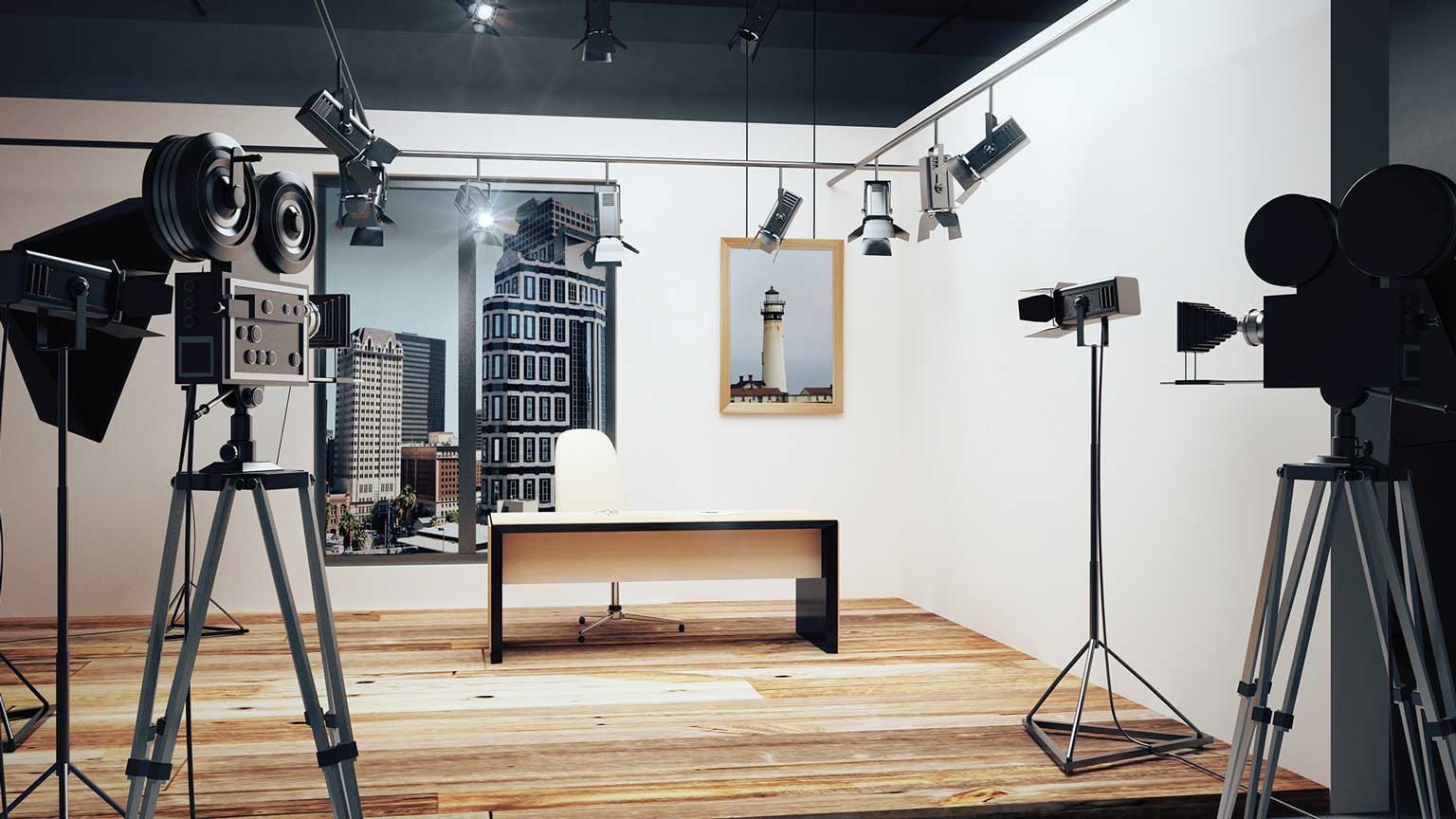Illumination definition
What does illumination means? When a light source is poured onto the objects, they reflect light that can been perceived by human eyes. What illumination means is the act of using this light source. Illumination is commonly seen, for example lighting in rooms or task lighting on desks.

Photography meaning
As for the word “photography”, it is derived from the Greek words - phos and graphis. In Greek, phos means light while graphis means drawing. When the two words combined as “photography”, it can be defined as “drawing with light”. The significance of photography is about capturing and recording light in the form of paper or digital format.
Role of illumination in photography
In photography, light is of the greatest importance, for the reason that illumination is the result from it. When taking pictures without light, it will only creates a photograph of complete blackness. However, with lighting, everything taken place will be illuminated. It is now then the photograph will actually present something. Therefore, the illumination given by light and the light itself are required for both human eye and the camera.
To further define illumination, the illumination of scenes to be taken shots is called photographic lighting. Unlike photograph, which only records structure of color, light and shade, lighting focuses wholly on having control over the image. Illumination aims at the accurate reproduction of the scene, while considering the control of brightness, color and direction.
Light and illumination are the fundamental features of photography. The genre of lighting, also the type of illumination that are being used is one of the most essential factors of photo when concerning photography. In photography, light means how the light source - natural or artificial - is placed in accordance with the subject. Both the position and the quality can be the causes affecting tone, atmosphere, mood as well as brightness and darkness.
When making photography of portrait, still life or landscape, it is up to the characteristics of the subject, and the expected way of portraying in the photos that which lighting to choose, also how much illumination to get. Let’s take soft and hard lights as an example. The hard light puts emphasis on angles and rough surface while the soft one smooths these features.
Difference between illumination and illuminance
What is illumination of light? As aforementioned, illumination is the property and effect of light in an observable form, presenting the use of light sources.
By contrast, illuminance measures how much luminous flux is spread over a given area. Luminous flux, which is measured in the unit of lumens, can been considered as the measurement of how much visible light present in total while the illuminance as the measurement of illumination intensity on the surface.
You can see this figure when you check the spec list of a video light. For example, the COLBOR CL220 LED constant light for photography offers 105000 lux of 5600K at 1 meter. It is 25% brighter than the similar fixtures on the market.
In the case of illumination company, both illumination and illuminance are meant to show the same property of light. For instance, “illumination” is used for COLBOR video lights to indicate the illuminance. Here are the figures:
|
Product |
||
|
Illumination |
1500Lux (at 30cm 6500K) |
2998Lux (at 3.28ft / 1m 6500K, No Reflector); 10123Lux (at 3.28ft / 1m 6500K, With Standard Reflector) |
Conclusion
Illumination can render emotions and atmosphere. Understanding what does illumination mean can help photographers to capture many different types of emotions in photos. The good illumination produced by well-positioned and good-quality light will change the photography.
